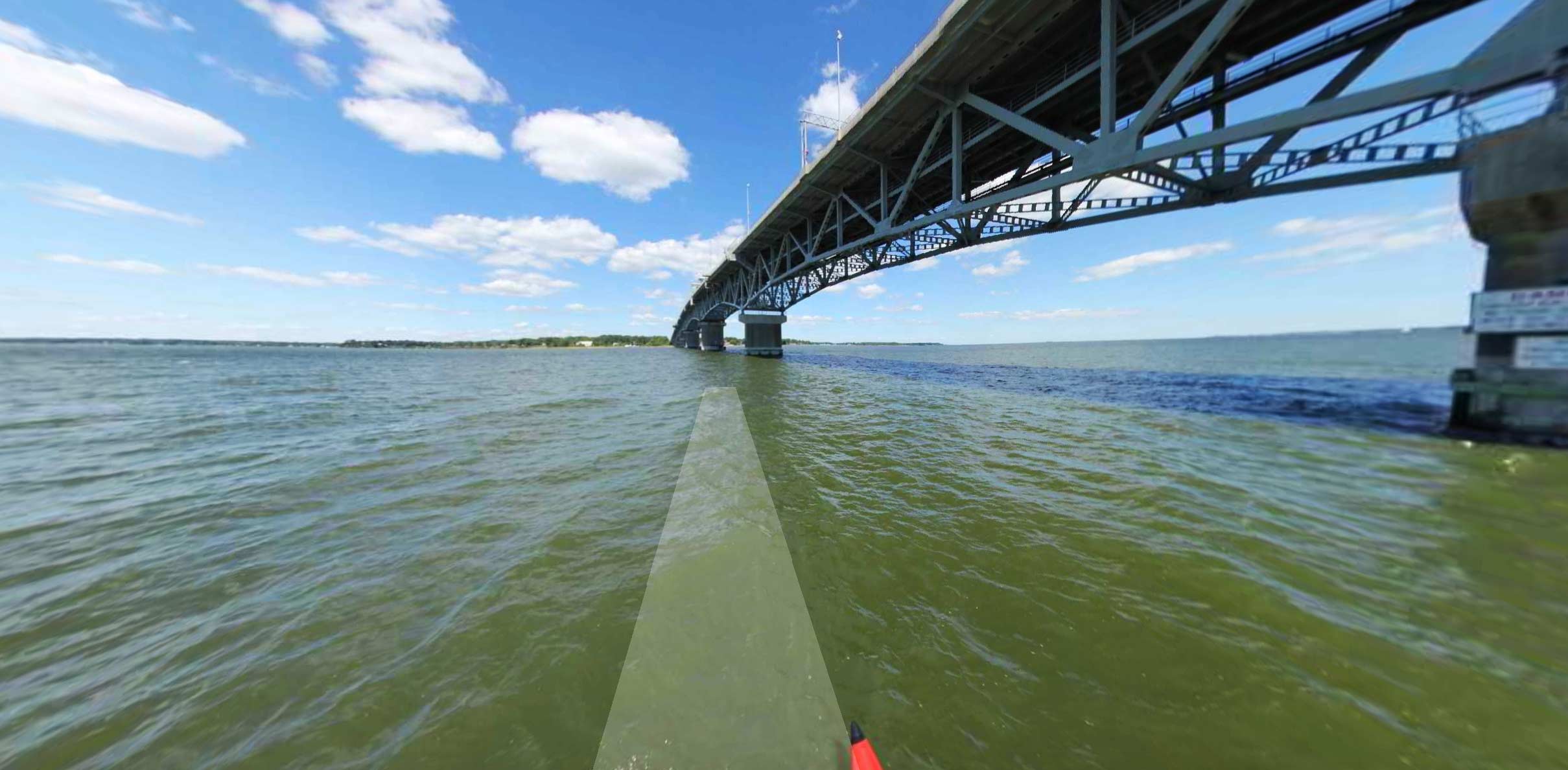

Click on any trail to explore in 360°
8 Segments
From the Route 360 crossing downstream to Putneys Mill, the Pamunkey is a fairly constricted tidal river with forested swamps adjacent to the main channel. Below Putneys Mill, the river begins to take on more of the characteristics of a tidal estuary, with broad tidal marshes replacing forested swamps, and a channel that quickly increases in width as one moves downstream. The Pamunkey River provides excellent spawning and nursery habitat for several anadromous fish species including river herring (both alewife and blueback herring), shad (American and hickory) and striped bass./ Source: www.dgif.virginia.gov
Chesapeake Conservancy
Jody Couser
info@chesapeakeconservancy.org
716 Giddings Avenue Suite 42
Annapolis, MD 21401
(443) 321 3610